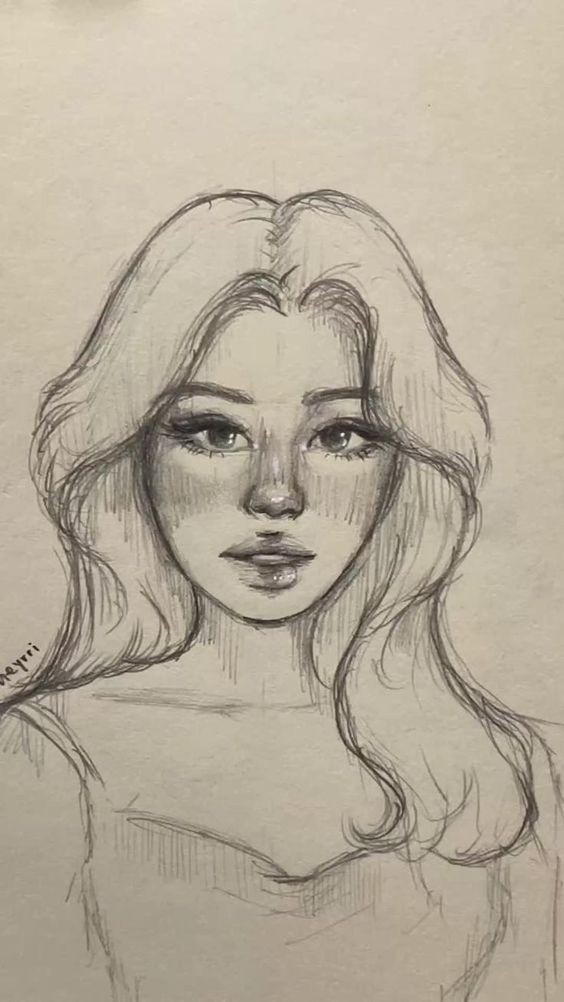Essential Pencil Drawing Tips for Beginners: Master Basics, Buildings, and Backgrounds!
Pencil drawing is a versatile and rewarding medium that allows artists to capture a wide range of subjects with precision and depth. Whether you’re just starting out or looking to refine your skills, mastering the basics is key to creating impressive and engaging artwork. This guide covers essential tips for beginners, including foundational techniques, drawing buildings, and adding captivating backgrounds.
1. Master the Basics of Pencil Drawing
a. Choose the Right Pencils:
Start with a range of pencils, from H (hard) to B (soft). Hard pencils (e.g., 2H, 4H) are good for fine lines and light shading, while soft pencils (e.g., 2B, 6 are excellent for darker lines and shading. A basic set typically includes 2H, HB, 2B, 4B, and 6B pencils.
b. Learn to Control Pressure:
Practice varying the pressure on your pencil to create different line weights and shades. Light pressure will produce softer, lighter lines, while heavy pressure will result in darker, more defined marks.
c. Understand Shading Techniques:
Familiarize yourself with shading techniques like hatching, cross-hatching, stippling, and blending. These techniques help create texture and depth in your drawings. Start with simple shapes and practice these techniques to see how they affect the appearance of light and shadow.
d. Practice Drawing Basic Shapes:
Begin with basic geometric shapes such as cubes, spheres, cylinders, and cones. These shapes form the foundation for more complex forms and help you understand perspective and proportion.
2. Drawing Buildings: Tips and Techniques
a. Start with Basic Structures:
When drawing buildings, begin with simple shapes like rectangles and squares to outline the structure. Focus on capturing the overall proportions and perspective before adding details.
b. Use Perspective Lines:
Understanding perspective is crucial for drawing buildings accurately. Use vanishing points and horizon lines to guide your drawing and create the illusion of depth. For a basic one-point perspective, draw a single vanishing point on your horizon line, and have all parallel lines converge towards this point.
c. Add Architectural Details:
Once you’ve established the basic structure, add architectural details like windows, doors, and textures. Pay attention to how light and shadow fall on different parts of the building to give it a realistic appearance.
d. Incorporate Textures and Materials:
Different materials have distinct textures. Use various shading techniques to depict materials such as brick, wood, or glass. For instance, use cross-hatching for brick patterns and smooth shading for glass surfaces.
3. Creating Compelling Backgrounds
a. Plan Your Background:
Before diving into the details, plan your background. Decide on the setting and how it complements the main subject of your drawing. Sketch out basic shapes and structures to establish the composition.
b. Use Gradation for Depth:
Create a sense of depth by using gradation. Objects that are closer should be more detailed and darker, while objects further away should be lighter and less detailed. This helps in achieving a realistic spatial relationship in your drawing.
c. Incorporate Environmental Elements:
Add elements like trees, clouds, or street details to enhance your background. Use lighter, softer lines for distant elements and more defined lines for objects closer to the foreground.
d. Blend Background and Foreground:
Ensure that your background complements the main subject rather than overpowering it. Use blending techniques to smoothly transition between the foreground and background, creating a cohesive and balanced composition.
Conclusion
Mastering pencil drawing involves a combination of understanding fundamental techniques, practicing with various subjects, and honing your skills through continuous practice. By focusing on the basics, perfecting your building drawings, and creating dynamic backgrounds, you'll be well on your way to producing impressive pencil artwork. Remember, the key to improvement is persistence and experimentation—so keep sketching and enjoy the artistic journey!






